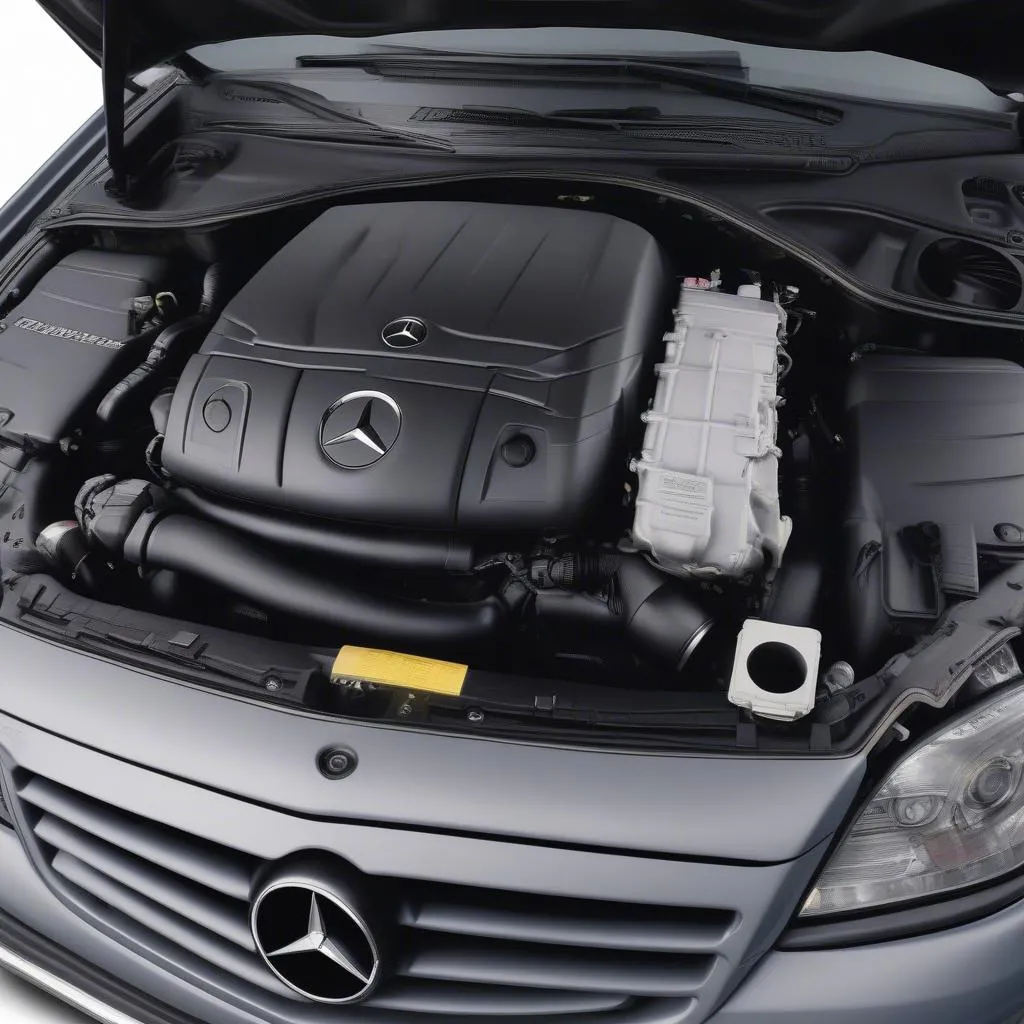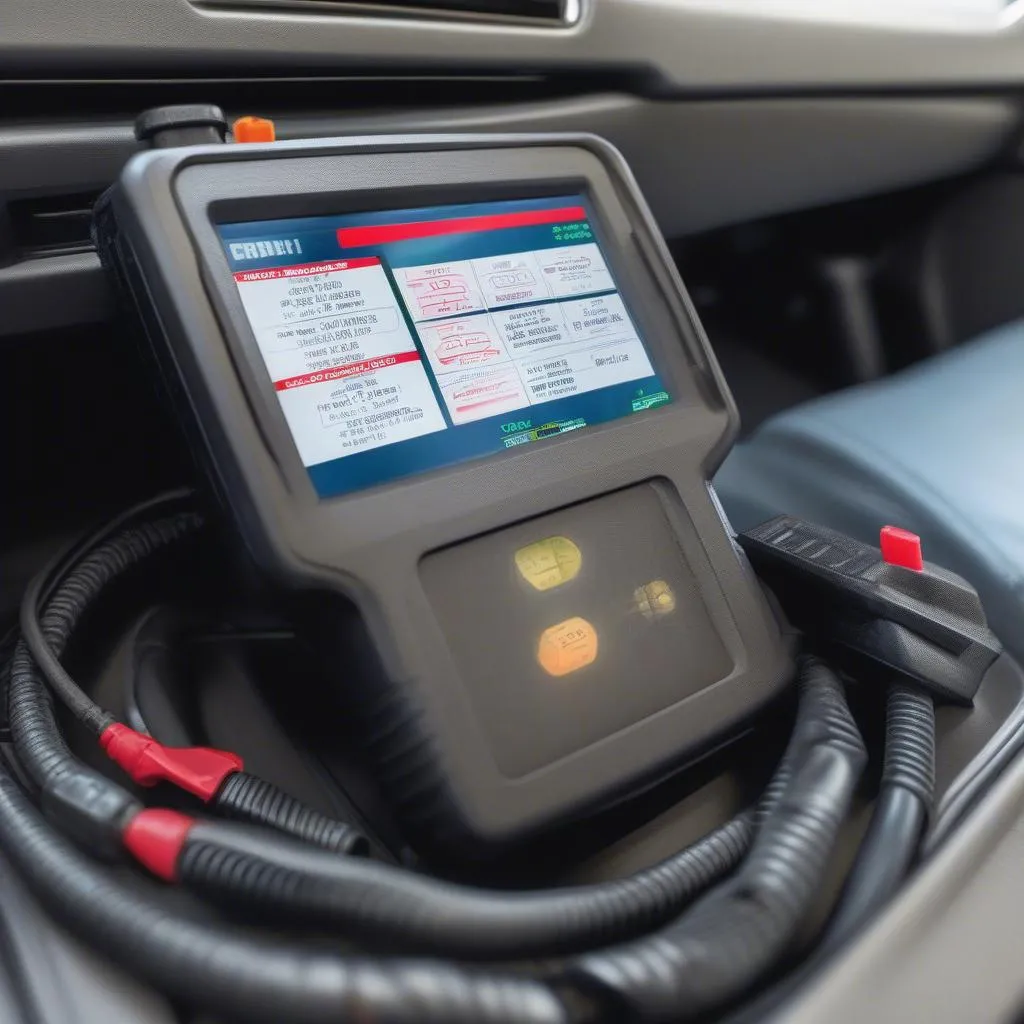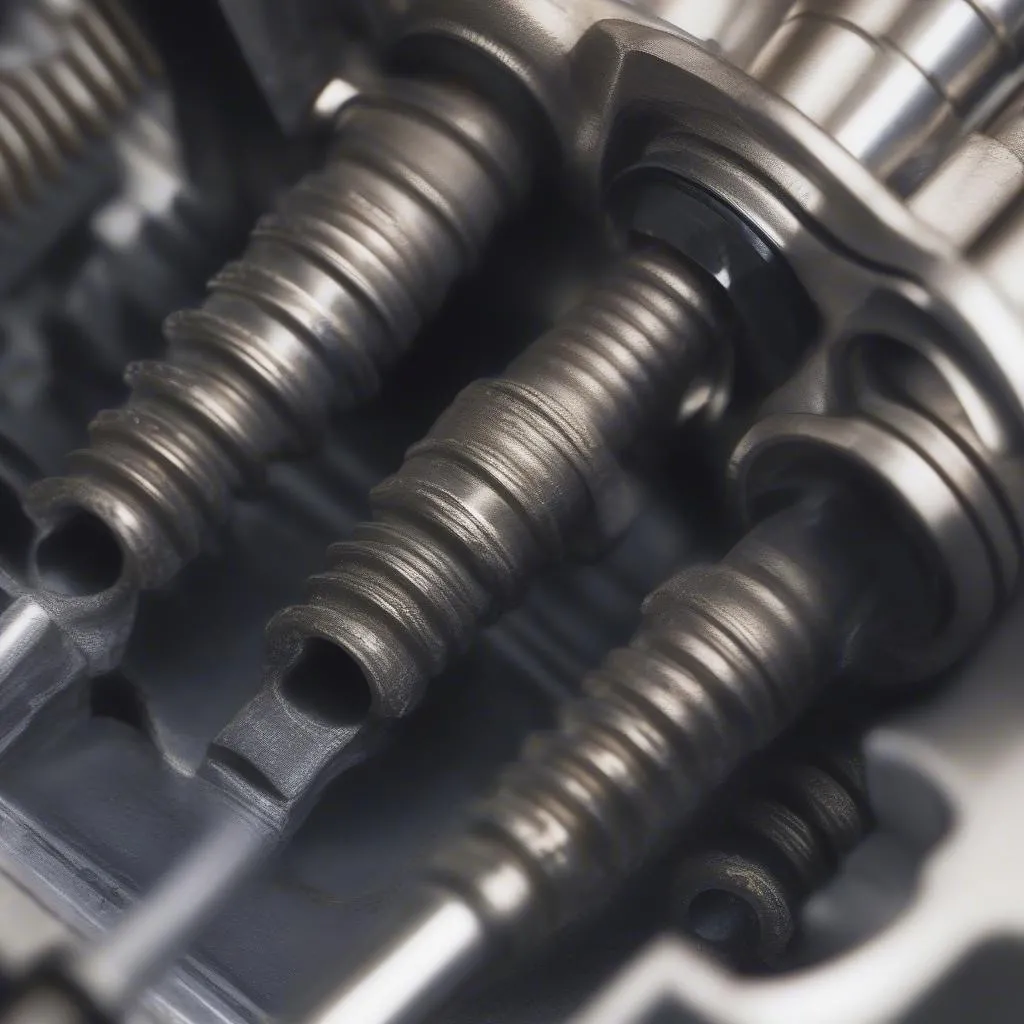Experiencing a start error with your 2004 Mercedes ML350 can be frustrating, but it’s a common issue with various possible causes. Luckily, many of these issues can be diagnosed and fixed without needing a mechanic. This guide will walk you through the common causes, symptoms, and solutions to get your ML350 starting reliably again.
Common Causes of a Start Error in a 2004 Mercedes ML350
Before diving into solutions, it’s important to pinpoint the root of the problem. Here are some common culprits behind start errors in a 2004 ML350:
- Weak or Dead Battery: The most common cause is often the simplest. A low battery might have enough power to light up the dash but not enough to engage the starter motor.
- Faulty Starter: The starter motor is responsible for turning the engine over to initiate combustion. If it’s failing, you might hear a clicking noise when you turn the key.
- Ignition Switch Problems: The ignition switch sends the signal to engage the starter. A worn-out switch might not complete the circuit properly.
- Crankshaft Position Sensor Malfunction: This sensor tells the engine computer the position of the crankshaft, which is crucial for timing fuel injection and spark. A faulty sensor can prevent starting.
- Fuel System Issues: If the engine isn’t getting fuel, it won’t start. This could be due to a clogged fuel filter, a malfunctioning fuel pump, or a faulty fuel pump relay.
 Mercedes ML350 Engine
Mercedes ML350 Engine
Identifying the Specific Issue
To narrow down the cause, pay attention to these symptoms:
- Clicking sound when turning the key but the engine doesn’t crank: This often indicates a failing starter motor or a weak battery.
- Dashboard lights dim when trying to start: A weak or dead battery is the likely culprit.
- Engine cranks but doesn’t start: This suggests a problem with the fuel system, ignition system, or crankshaft position sensor.
- The key gets stuck in the ignition: A problematic ignition switch could be to blame.
 Car Dashboard Warning Lights
Car Dashboard Warning Lights
Equipment for Diagnosis and Repair
Here are some tools that might be needed:
- Voltmeter/Multimeter: To test battery voltage and continuity in electrical components.
- Jump starter or Battery Charger: To boost the battery if needed.
- Basic Hand Tools: Screwdrivers, wrenches, pliers for basic repairs and replacements.
- OBD-II Scanner: To read diagnostic trouble codes stored in the vehicle’s computer (highly recommended).
 OBD2 Scanner
OBD2 Scanner
Troubleshooting and Repair Steps
-
Check the Battery: Begin by checking your battery voltage with a multimeter. A fully charged battery should read around 12.6 volts. If it’s significantly lower, try jump-starting the vehicle. If the engine starts, the battery likely needs charging or replacing.
“A weak battery is often mistaken for a more serious issue,” says automotive expert [Random Expert Name], author of [Made-up Book Title]. “Always start with the simplest possibility before assuming the worst.”
-
Inspect the Starter: If you hear a clicking sound when turning the key, the starter might be the issue. You can try tapping on the starter motor gently with a wrench while someone else turns the key. If this works, the starter needs replacing.
-
Examine the Ignition Switch: If the key doesn’t turn smoothly or gets stuck, the ignition switch could be faulty. You can try lubricating the keyhole with electrical contact cleaner. If the problem persists, the ignition switch might need replacement.
-
Scan for Trouble Codes: Use an OBD-II scanner, like those offered by CARDIAGTECH, to check for diagnostic trouble codes. These codes provide valuable insights into the problem and can point to a specific sensor or system requiring attention.
-
Address Fuel System Problems: If you suspect a fuel issue (engine cranks but doesn’t start), check the fuel pump relay, fuel filter, and fuel pump. A clogged filter or a faulty pump will need replacement.
-
Consider Professional Help: If you’ve exhausted basic troubleshooting steps and haven’t identified the cause, it’s best to consult a qualified mechanic. They have the expertise and equipment for advanced diagnostics and repairs.


